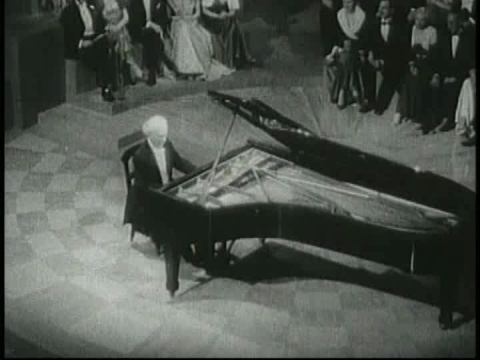Last week, I wrote about the John Wayne film Angel and the Badman, and about John Wayne’s status as a Hollywood legend.
Wayne made his big breakthrough in the classic western Stagecoach (1939). The director was John Ford, and if John Wayne is the leading western actor of all time, then Ford is the leading western director. Ford’s career and legacy are described in the documentary The American West of John Ford.
Clips from many of Ford’s films are shown in the documentary, and some more are mentioned in passing. Of all those films, the only ones that I know to be at the Internet Archive are two wartime propaganda films, namely The Battle of Midway (1942) and December 7th (1943).
As a documentary, this is a fairly unique film, because some of Ford’s most respected leading actors, John Wayne, James Stewart and Henry Fonda, appear as cicerones, talking about Ford and also with him (Ford was still alive when the documentary was made, but died two years after its premiere). Thus, the film revolves around first-hand accounts of the legandary director, and also those of legandary actors, now gone.
The documentary is nice because it tells the story in a very personal way. John Ford’s own participation is not in the traditional interview situation, but in locations where he shot some of his best-known pictures. He seems relaxed, and this is perhaps the film’s greatest strength, because we feel like we get close to him.
This film is best enjoyed by western fans who want to see some of the actors and the director that were perhaps most responsible for shaping and popularising the genre in the decades following the 1930s.
The American West of John Ford
Download link
Year: 1971
Running time: 1 h 40 min
Director: Denis Sanders
Stars: John Wayne, James Stewart, Henry Fonda
Image quality: Acceptable
Resolution: Medium (720×406)
Sound quality: Good
Best file format: DivX (698 M)









